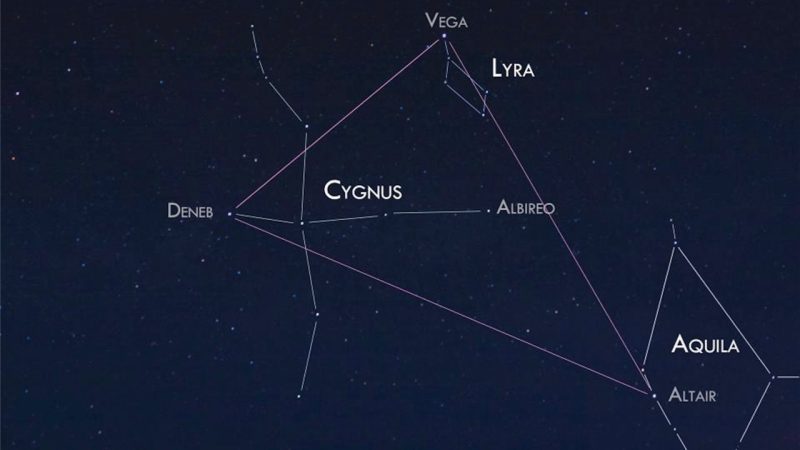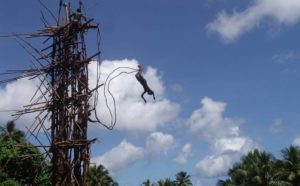Few things in life are as pleasant as sitting around a campfire on a warm summer night and gazing skyward at the tapestry of stars overhead. The cares of the day-to-day world can seem as distant as those flickering points of light.
Our ancient ancestors came together around campfires at night after long, hard days of hunting, fishing, and farming. After the evening meal, the elders would weave incredible tales and stories that told of fantastic creatures, evil villains, and damsels in distress. They would often use patterns among the stars to illustrate these myths. Over the years, these stories were passed on from generation to generation, with many remaining popular even to this day.
We can still look upon their star pictures or constellations as they are now called, and recall some of their fantastic tales.
Summer Triangle
The summer sky in the northern hemisphere is dominated by three brilliant stars—Vega, Deneb, and Altair—set in a large triangle. This is called the Summer Triangle—not an “official” constellation, but rather just an interesting pattern among the stars. Each of the three stars in the Summer Triangle belongs to a separate constellation.
Brightest of the triangle’s stars is Vega, found high overhead during the months of July, August, and September. Vega is a brilliant blue-white star that glistens like a diamond within the constellation Lyra the Lyre. This is the mythical musical instrument of Orpheus, son of the sun god Apollo. Apollo taught Orpheus to play the instrument so beautifully that even savage beasts were soothed into submission. After Orpheus died, his lyre continued to play lyrical music, and so was placed in the sky by the gods for all to see. Vega represents part of the lyre’s handle, while four faint stars depict the instrument’s main body where the strings are strung.
Leave the triangle temporarily by drawing an imaginary line between Vega and the springtime star Arcturus, still visible as an orangish beacon in the northwestern sky. About a third of the way along that line are the faint stars of Hercules the Giant. All are visible only from darker suburban or rural skies. Four stars nicknamed the Keystone create his torso. Two curved lines of stars extending southward form his arms, while two other star-curves stretch out to the Keystone’s north to form his legs. That’s right, the celestial Hercules is standing upside down, apparently on the head of Draco the Dragon.
Positioned along the western border of the Keystone is an exceedingly faint but interesting object that astronomers call M13. Under the best sky conditions, M13 can be just made out with the naked eye as a tiny smudge, but is easily visible through binoculars. Through telescopes, we see that M13 is a globular star cluster, a collection of hundreds of thousands of stars all jammed together in a huge globe. These stars are far more distant than the single stars we see at night. M13 is 23,000 light-years from Earth. This means that even with it traveling at more than 186,000 miles every second, the light that we are seeing tonight from M13 is nearly 23,000 years old!












